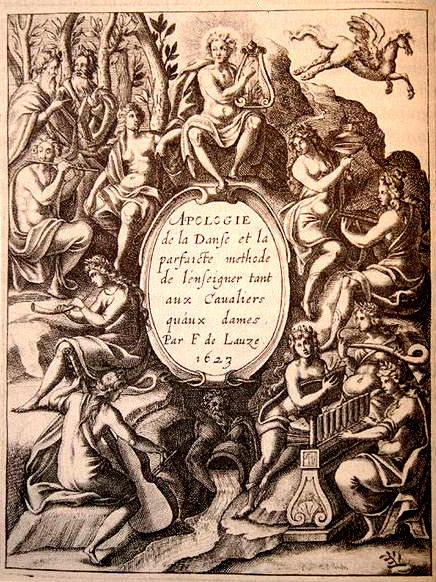In the mid-1990s a staff member at the American Folklife Center received a note asking if the Center would be interested in an old LP of a cowboy singer named Romaine Lowdermilk. Not having heard of the singer, she stopped by the office of the director, Alan Jabbour. “Romy Lowdermilk!” he exclaimed, “Who’s got a recording of Romy Lowdermilk?”
Jabbour knew the name only through accounts of the singer (1890–1970), who had written and published several popular cowboy songs (including Goin’ back to Arizona, which Patsy Montana performed as Goin’ back to old Montana). Lowdermilk had stated that he never made a commercial recording; this LP appeared to be a unique record of his singing. The owner generously supplied the disc in 1999 and the Center digitized it, assuming that it was a solitary specimen.
The discovery of an exact copy in 2006 led to a full unraveling of the story. Lowdermilk had recorded several songs in a recording studio in 1951; the studio then had copies pressed on demand for the singer’s clients at Rancho Mañana, the Arizona dude ranch where he worked.
This according to “Long-lost twins: The curious case of the Romaine Lowdermilk discs” by Stephen Winick (Folklife Center news XXXVI/3 [summer 2006] pp. 11–12; RILM Abstracts of Music Literature 2006-10837).
Below, Patsy Montana’s recording of Goin’ back to old Montana. In a letter to John I. White, Lowdermilk wrote “Patsy Montana liked it and wanted to sing it on her road appearances, so I just called it Goin’ back to old Montana and she recorded it for Victor and it was on the juke boxes for quite a spell. You can sing it Back to California or Oklahoma or Wyoming—or any damn place you want to go back to. So I figured it was an all-around western. I got paid for it by WLS, so I didn’t really care where the singer went back to.” (Quoted in Ten thousand goddam cattle: A history of the American cowboy in song, story, and verse [Flagstaff: Northland University, 1975; RILM Abstracts of Music Literature 1978-3562].)
More stories about the American Folklife Center are here.












